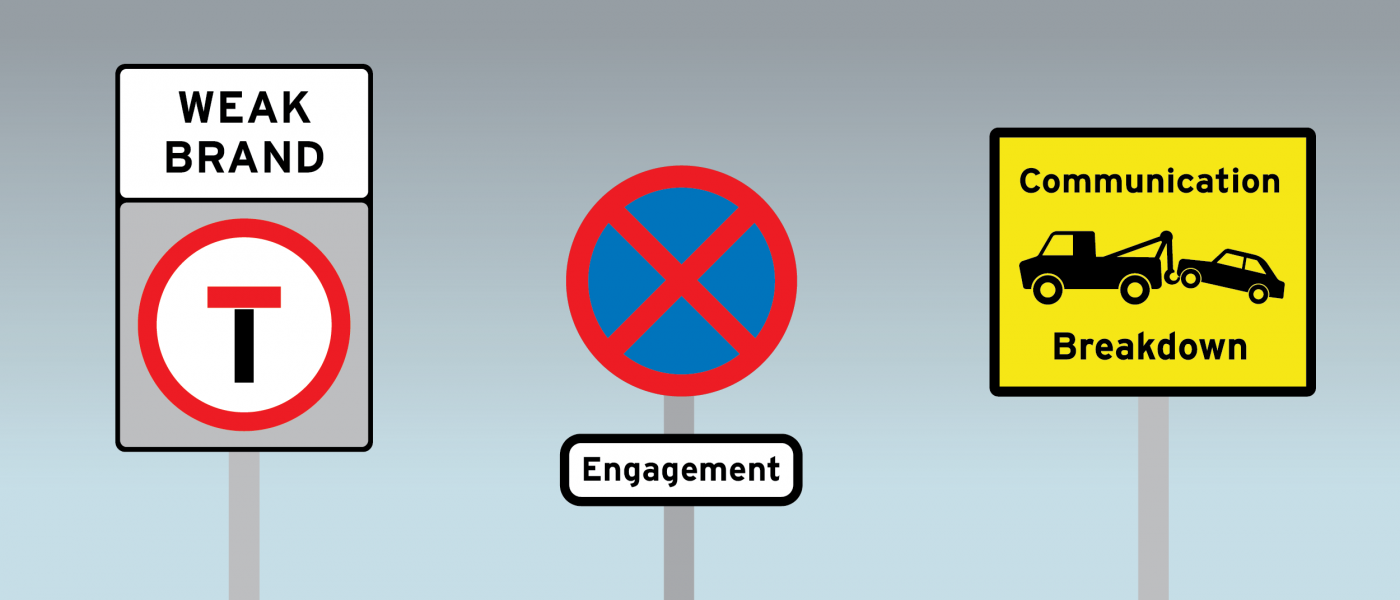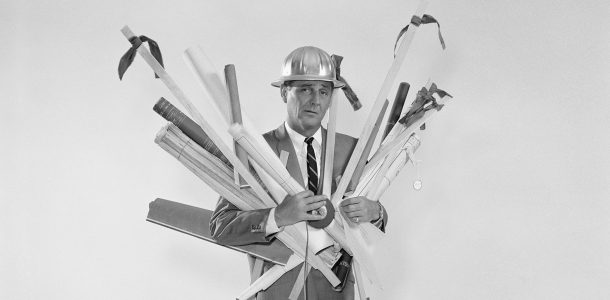I'm old enough to remember the days when recruitment advertising filled the pages of the…

Are your words working hard enough?
With over 50 Mini and Full MOTs completed in the last two years, it was staggering to look at some stats related to those MOTs. 90% of the companies that completed MOTs said that they didn’t feel that their copy stood out, and 80% don’t write bespoke copy for every advert…
Why you might need a recruitment copy assessment as part of an MOT
Recruitment advertising copy is a bit like the tyres on a car. The latter are, in some respects, the most important bit of the vehicle: they are your contact with the road and how they grip (or otherwise) and perform in different conditions is fundamental to your safety. In the case of recruitment copy, it’s how it grips its intended audience and performs on different media/channels that makes the difference.
Consequently, a key part of the Recruitment MOT is an assessment of your recruitment copy, not just in your adverts but also on your website and in other communications you use to help you attract high quality candidates.
AI still needs human input
It ought to be said that much, perhaps most, recruitment copy is perfectly acceptable and does the job. The proliferation of recruitment consultancy adverts on job-boards over the years means that a generalised ‘style’ has evolved, with an introductory sentence or two, followed by bullet-pointed lists of job requirements and qualifications/experience. It’s adequate and quickly done. But, in truth, its speedy cut and paste and failing to grip in the vast majority of cases. Then there is the TA/HR community that loves using a job description as copy.
Today, of course, the situation is complicated (or perhaps made easier?) by the rapid rise of AI. It is estimated (according to OpenAI) that 100 million people use ChatGPT every week. ChatGPT is launching a ‘customisable robot’ that will enable users to create personalised versions of their chatbot that allows users tailor speech style, knowledge and behaviours. For those in the know, this will almost certainly replace some human copywriters in the very near future (if it’s not already doing so now). That said, for thousands of recruiters, it will still be a case of digging out the job and person spec, blowing the dust off it (has it actually been updated to reflect where the job is going as opposed to where it has been?) and then cutting and pasting the content into short paras and bullet-point lists.
Unfortunately, few of these recruiters take or get the time to really think about the job they are writing about and the skills that candidates need to fulfil the requirements of the role. Frequently, little thought is given to all the things that can make a job advert come to life: the unique (in the proper sense of that word) factors that persuade someone that this is the job for them; the dangling of carrots offering future success and promotion (in return for skill and effort); and the equally important elements that dissuade the wrong people from clogging up your ATS application forms. This, of course, also applies when they use AI. A failure to brief ChatGPT properly will result in copy that, while satisfactory, is still less than ideal.
Our copy assessment, carried out by an award-winning copywriter and author with over 30 years’ experience, will help you identify key areas where you might improve, offer simple tips to help you make your recruitment marketing ‘sing’ and also a comparison with your key competitors’ copy.



